I just think I’m a bit of an old soul. I am fascinated with the past. Especially finding out my own history…where I came from and seeing if it makes sense with today and what I do now.
Victoria Louise Lott was born 12 January 1991 and is better known by her stage name “Pixie Lott”. Pixie is a singer and songwriter and talent show judge from Bromley in Kent and had hoped that the Who Do You Think You Are? programme that is to be broadcast on BBC One on Tuesday 9th November would discover the truth about a family story that claimed that she has Italian ancestry. She has heard that her granddad’s family potentially came from Verona and that there is also an Irish connection; but she has no details of any of this. As no one in her family is in the music business she is hoping that there will be some creativity to be found amongst her ancestors.
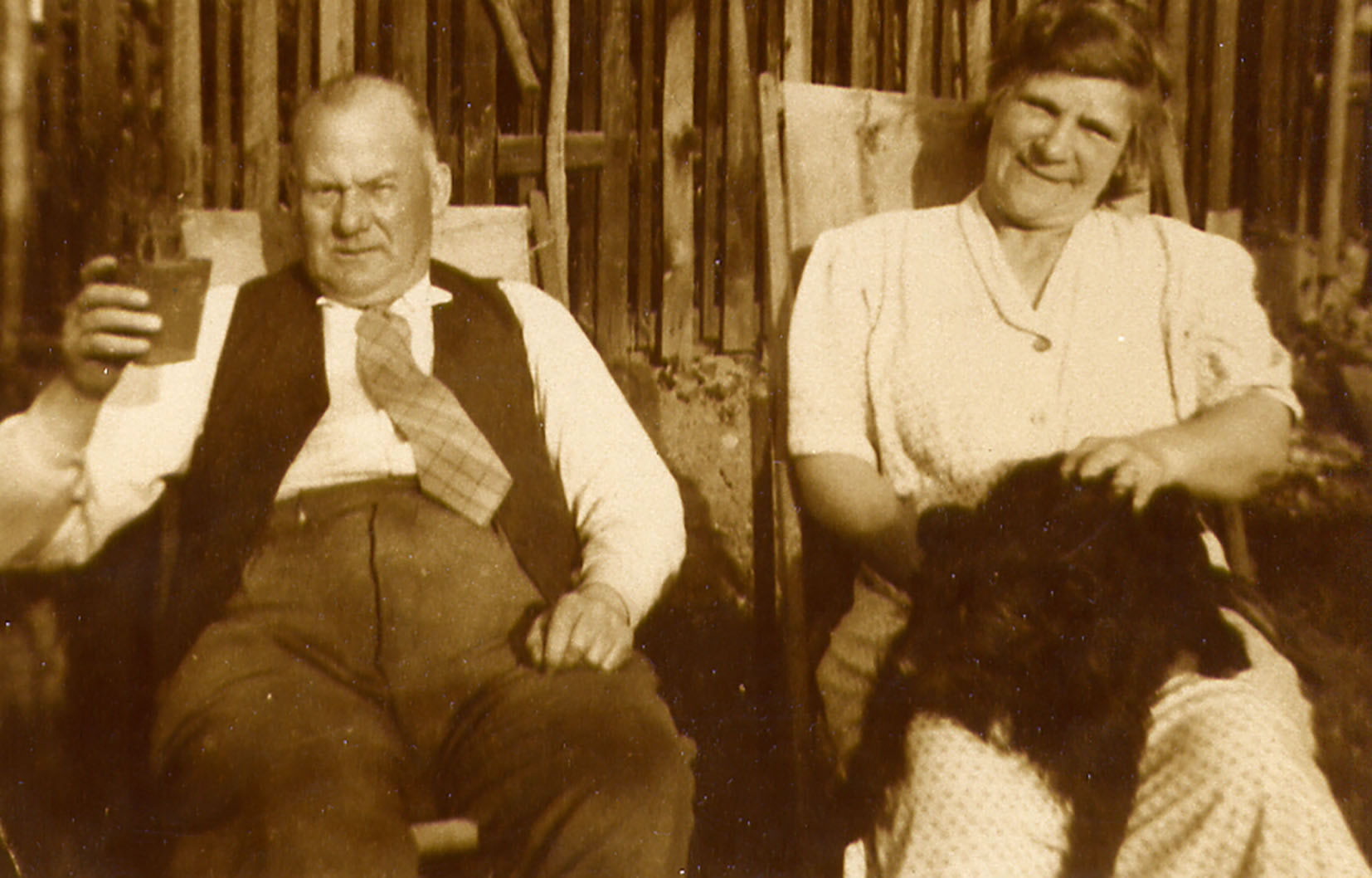
Meeting her parents at home, her dad shows her a picture of his grandparents on his father’s side of the family Joseph and Beatrice and says he can’t remember interacting with Joseph much, while Beatrice was chatty with a big smile on her face. Pixie decides she will want to find out more about Joseph Lott in this research. Turning to her mum, who tells her that her own father was the youngest of seven boys. Pixie’s maternal great grandfather was John Frederick Martin who married a lady called Maria. John Frederick was born in Kent and he had been a Royal Marine. Pixie is shown a picture of John Frederick playing a mandolin along with another marine and a Royal Navy sailor. The family believe that he had just picked up the instrument for the picture to be taken, though Pixie’s mum thought that he may have been a musician.
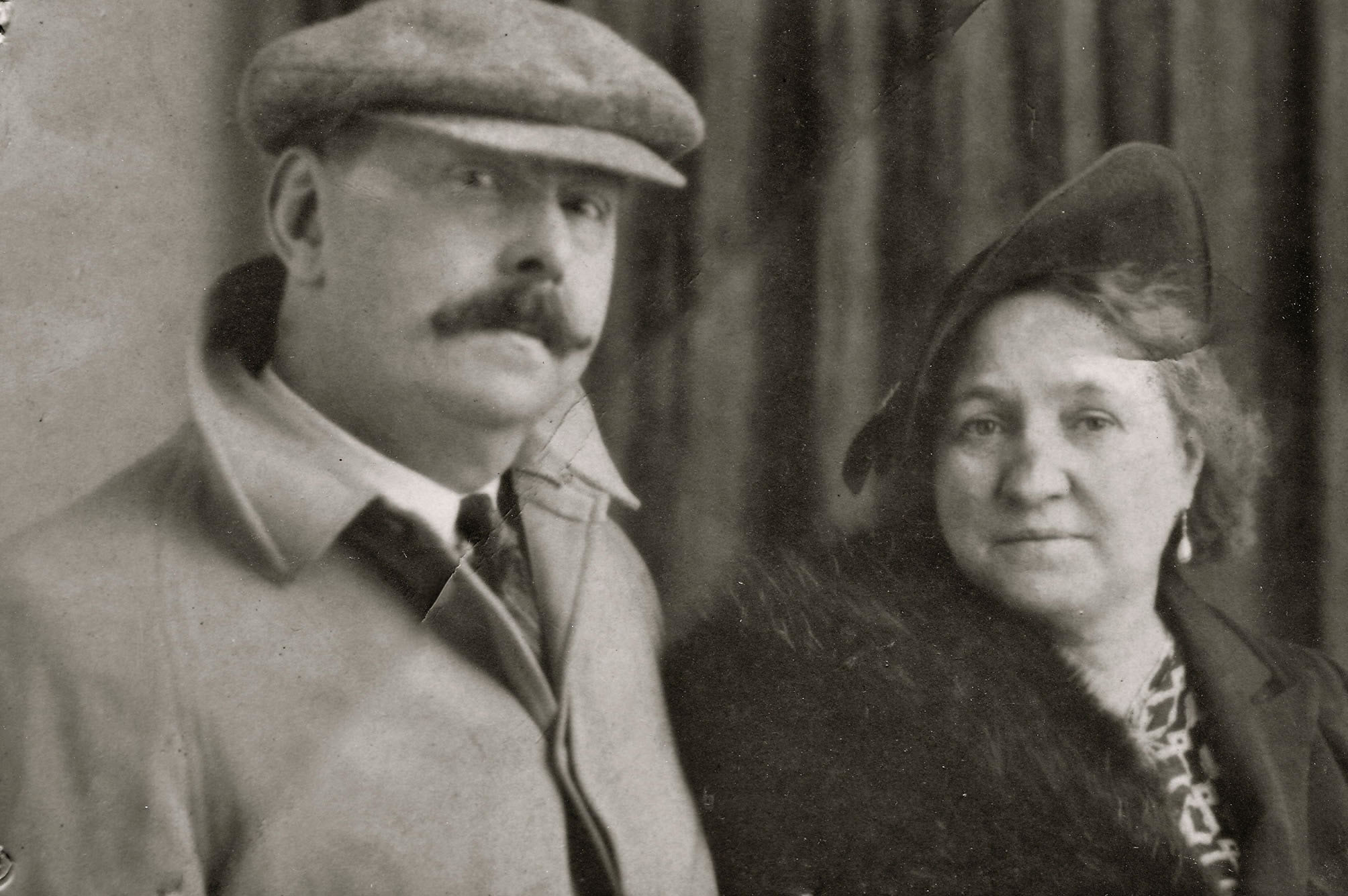
Maria was baptised at the Italian church in Clerkenwell and it is her that they believe may hold the connection back to Italy. With this in mind Pixie’s great grandmother Maria is the first ancestor that Pixie sets off to trace.To see if she can find out more she meets a social historian called Alistair Owens at the Italian Church in Clerkenwell. This was the church where her ancestor was baptised as Maria Brigitta Fleming, the daughter of Jacobi and Brigitta Fleming neé Goggan. Pixie asks the obvious question as to which of them was the Italian parent as the surnames do not give it away.
Turning to the 1891 census for Leather Lane buildings in this area of London, at the head of the family is James Fleming, a Tailor, married to Bridget Fleming; thus the names in the church register reflect that it was an Italian Roman Catholic church and Latin was generally used and were not the names they would have used. Bridget, it can be seen, was born in Cork, Ireland. Further debunking the Italian ancestry theory Alistair Owens then reveals that the research has shown that James’s mother was Irish born as well. Neither of them were Italian; it was just the nearest Catholic church for them!
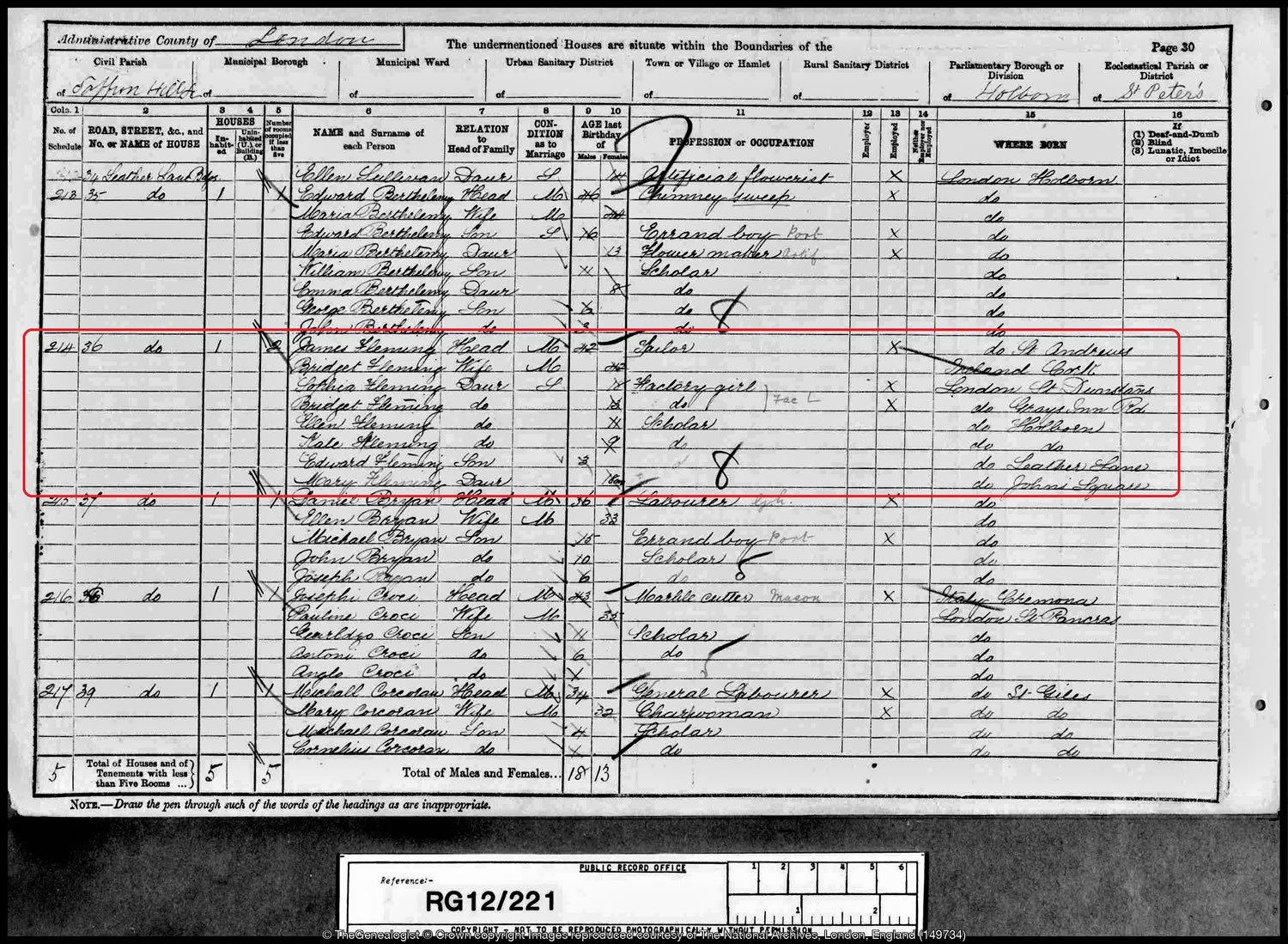
To find out what life was like in Clerkenwell in the 1890s, Pixie goes to Gray’s Inn Gardens and meets historian Dr Louise Raw who reveals that the Flemings had eleven children including Mary/Maria. We can see the Booth’s map that Pixie is shown by using the Map Explorer™ tool on TheGenealogist and this indicates that the area around Leather Lane falls into the “Very Poor Casual Chronic Want’‘ category.
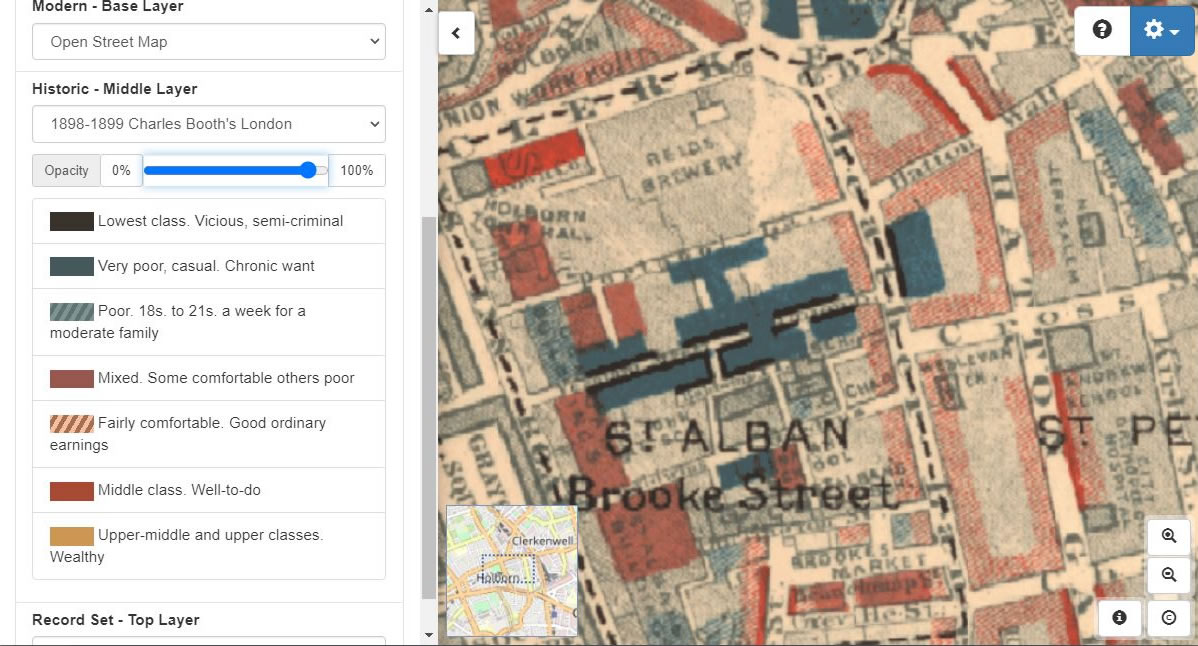
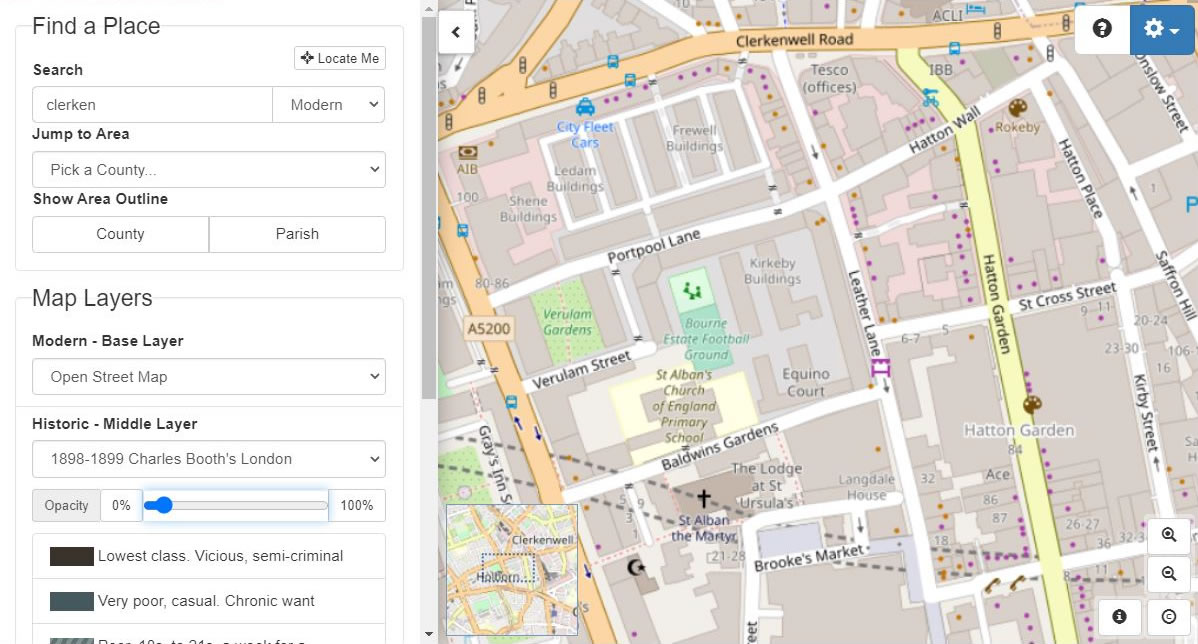
Louise Raw tells Pixie that on December 28 1891 the Islington Gazette reported how more than 300 persons were made homeless from what was known as the “Irish Barracks”. These poor people were evicted in the worst fog that had been remembered in London with nowhere to go. The premises in question was The Leather Lane Buildings which was where Pixie’s great great grandparents had been recorded in the 1891 census. By searching the Newspaper and Magazine collection on TheGenealogist we can find more reports about the distressing eviction in the Illustrated London News.
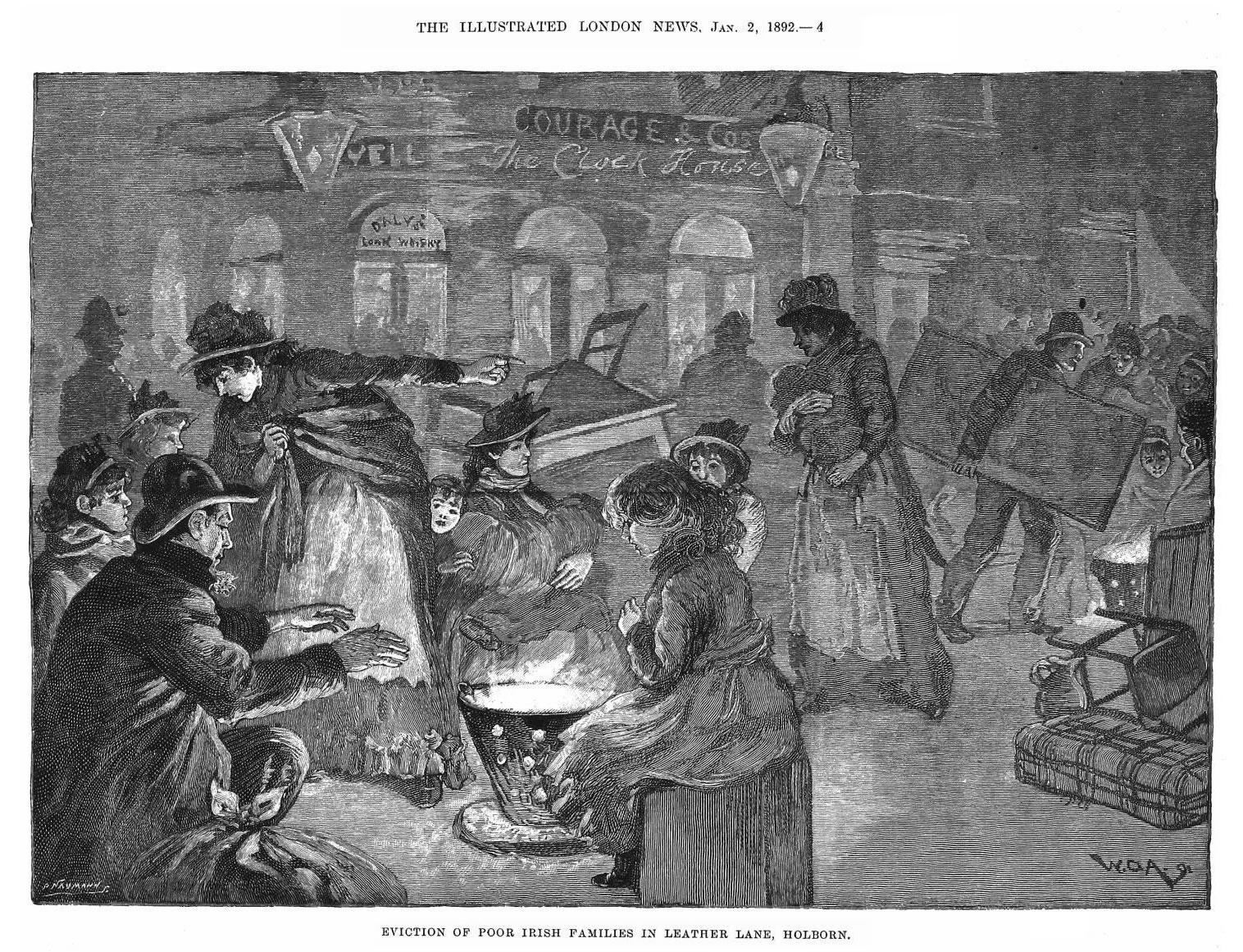
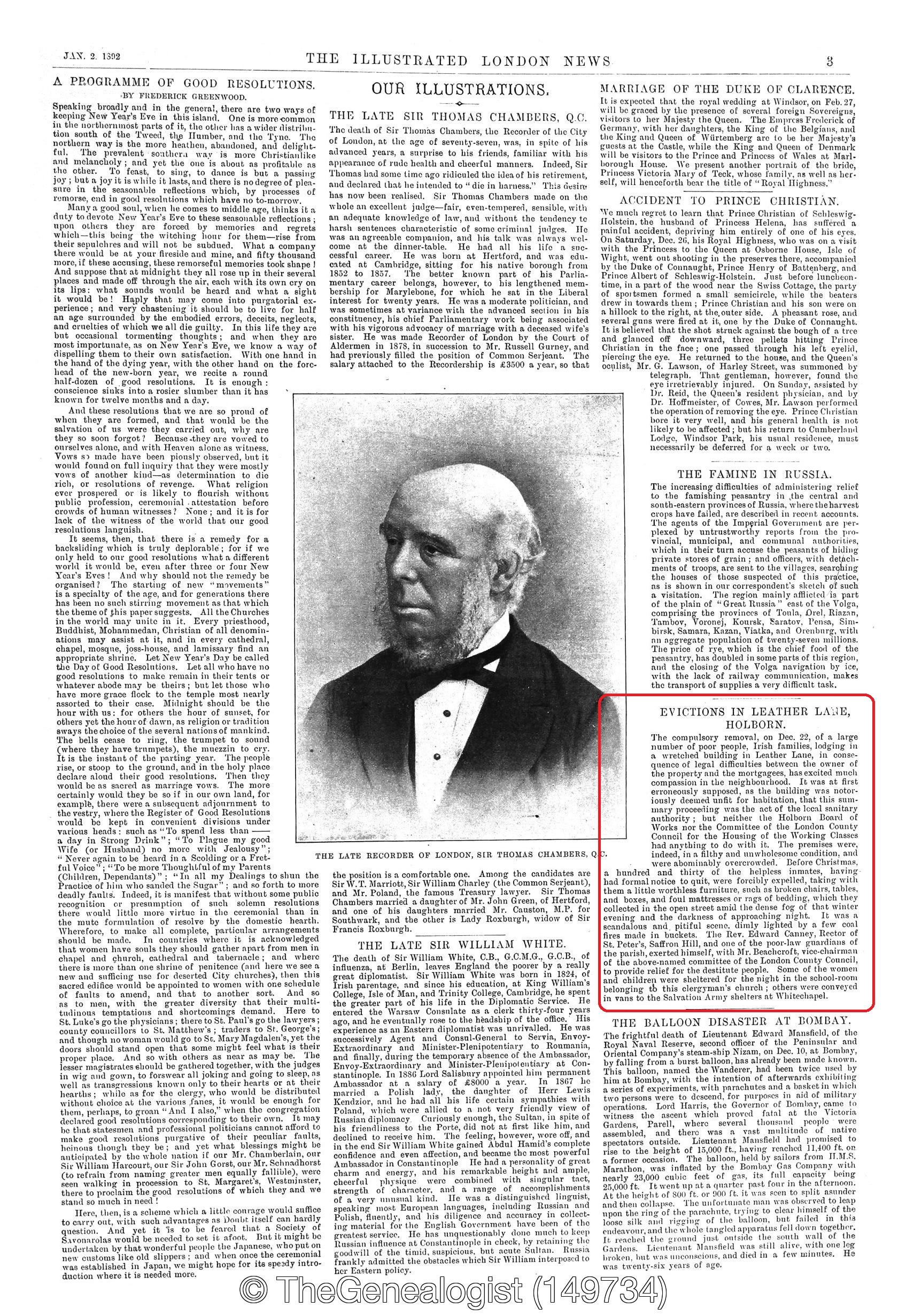
Pixie is now shown a large pile of Workhouse admissions that Dr Raw has for her to inspect and she is told that her ancestors had been in and out of these institutions for the next 20 years. This is despite how harsh the conditions were made by the authorities in order to try to deter people from applying to go in. Holborn Union was one of more than forty in London that housed destitute people in the metropolis and records show that Bridget Fleming and her children, including Mary, were inmates at various times. From this it appears that Pixie’s great grandmother Mary grew up in and out of the workhouse during her childhood where overcrowding meant that infectious diseases such as Tuberculosis could easily spread.
A child such as Mary would have been taken away from her mother and put in an infant nursery and the parents were only allowed to have “interviews” with their children at times determined by the people running the workhouse possibly just once a week. The authorities also had the power to transfer and split up families at will and Bridget and her family were actually sent to different workhouses. When Bridget was sent to Bow it was only the two youngest, Hannah and Patrick, who were transferred to the same workhouse along with their mother. Pixie is emotional when she reads the records that show that Patrick, aged 3 months, and Hannah, aged 2, had died in the Bow Workhouse. From a search of the Death Indexes on TheGenealogist we are able to find both these children recorded in the registration district of Poplar, London in 1895.
Access Over a Billion Records
Try a four-month Diamond subscription and we’ll apply a lifetime discount making it just £44.95 (standard price £64.95). You’ll gain access to all of our exclusive record collections and unique search tools (Along with Censuses, BMDs, Wills and more), providing you with the best resources online to discover your family history story.
We’ll also give you a free 12-month subscription to Discover Your Ancestors online magazine (worth £24.99), so you can read more great Family History research articles like this!
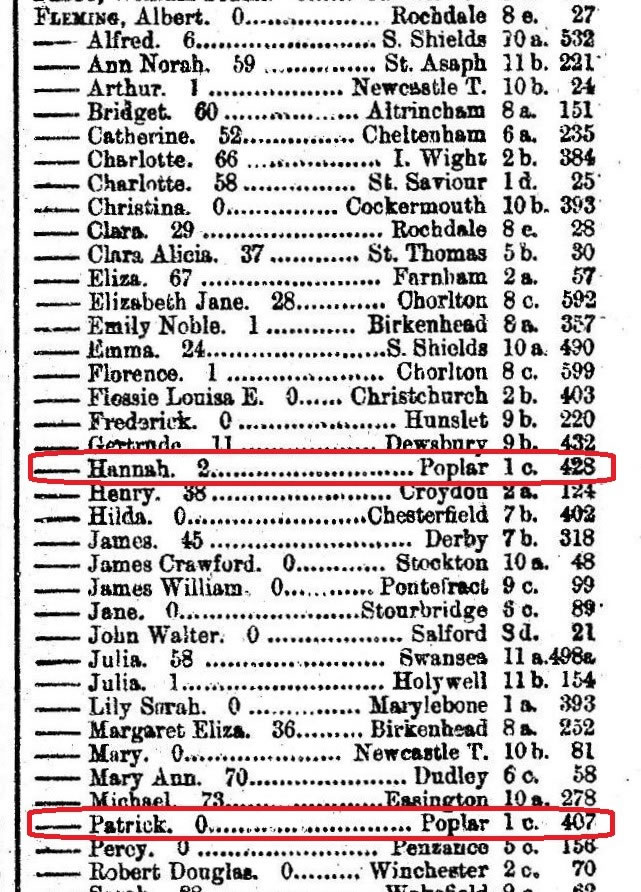
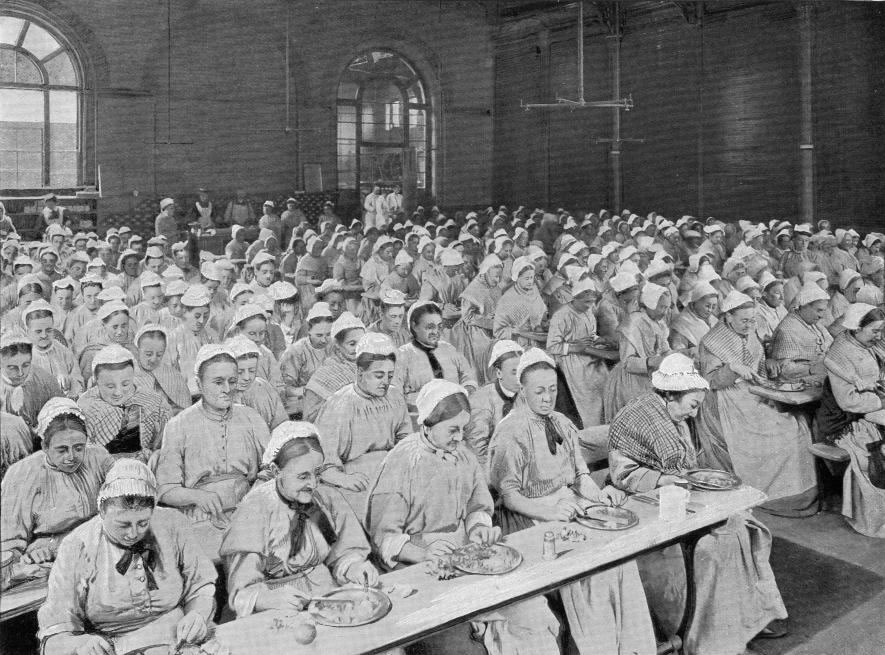
Sadly, the records show that within seven years of the death of their children both James and Bridget were also dead and so Mary was an orphan by age 13. The tragic story is at last interrupted with a happier occasion when on January 1st 1908 Mary Fleming married at age 19 to John Frederick Martin, aged 24 at a Catholic church in the district of St Olave, Bermondsey. He was a Royal Marine and she was a Feather Curler. Pixie is told that Ostrich feathers were in fashion at this time and so Mary would be employed to use specialist tools to prepare the feathers for ladies to wear.
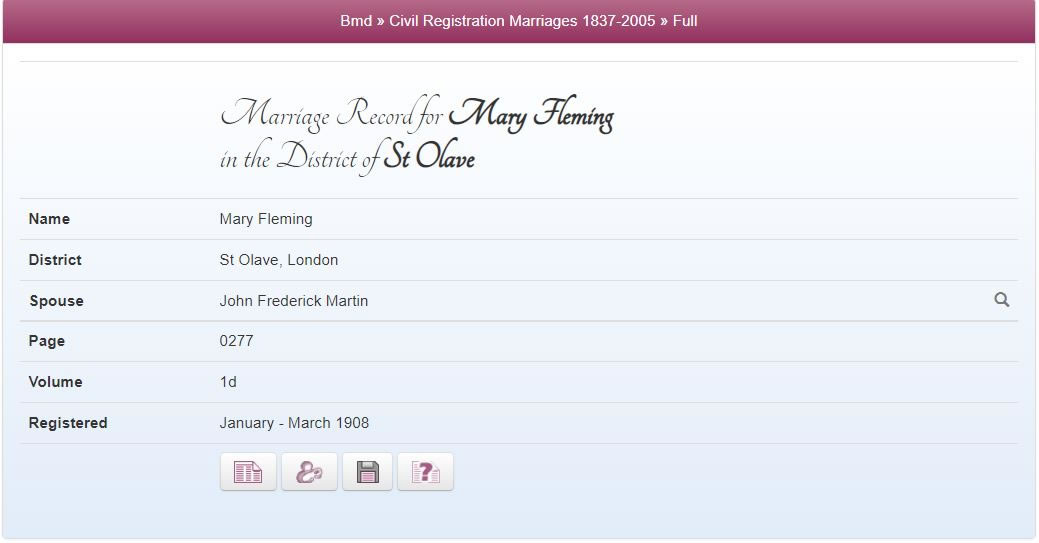
Having discovered that her great grandmother was Irish rather than Italian, Pixie now wants to find out more about the man that she married, Royal Marine John Frederick Martin. To do this she meets the historian John Ambler at The Historic Dockyard Chatham in Kent. The expert is able to tell her that in spite of the picture that her parents gave her of the trio holding stringed instruments, her great grandfather was definitely not in the Band Service but rather the Royal Marine Light Infantry. As to the question of whether John Frederick was just posing with the mandolin in the photo, he points out that they all look comfortable with their instruments. Pixie then remarks that they have their fingers on the strings in the formation of chords and that points to them knowing what they were doing.
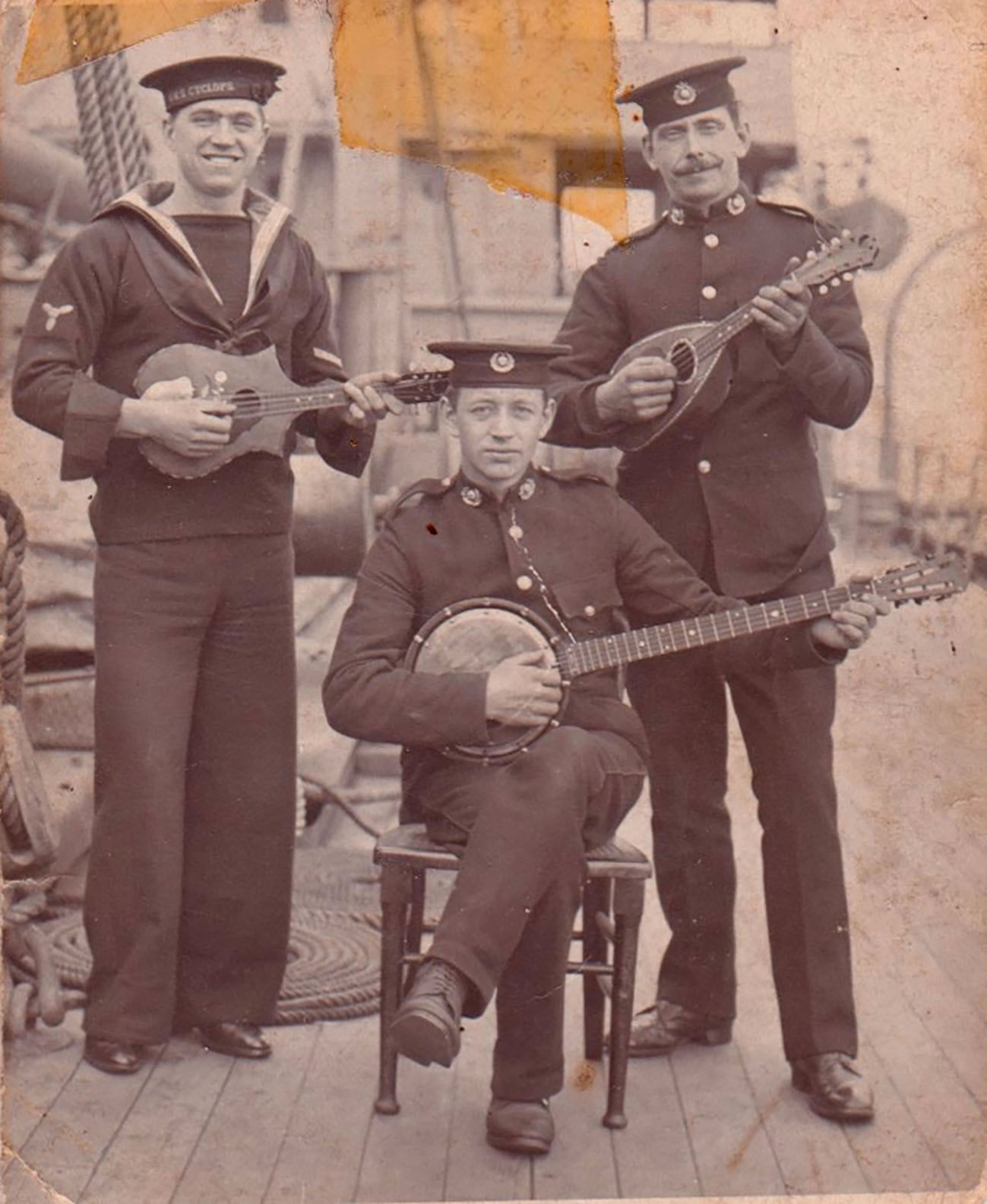
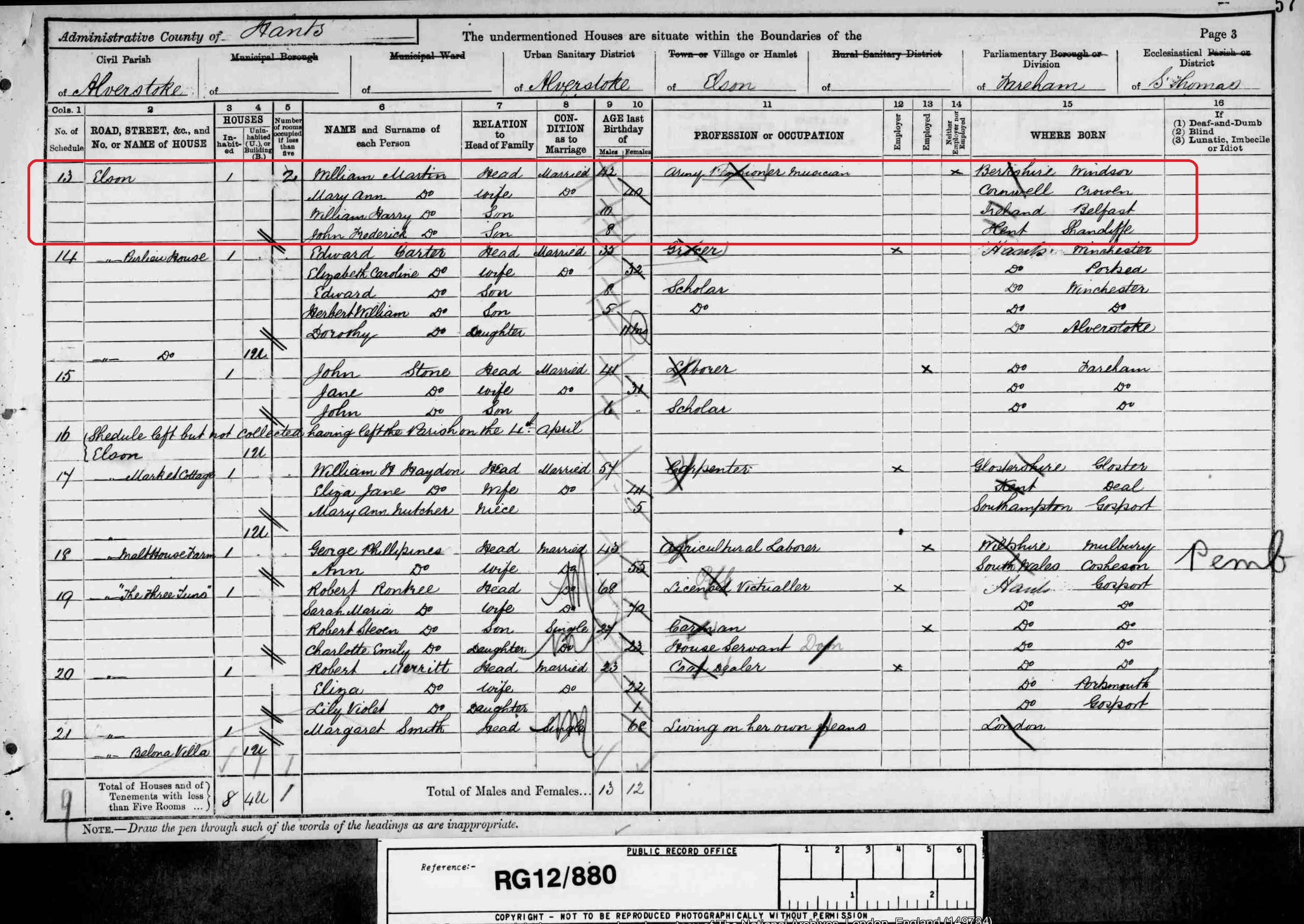
The research then turns to the 1891 census which shows that John Frederick Martin’s father, Pixie’s great great grandfather William Martin, had been an Army Musician. Pixie finally thinks she knows where her musical genes came from. To take her research further Pixie heads to Aldershot to meet Eamon O’Keefe. This military historian is able to tell her that her great great grandfather, William Martin, had signed up in Windsor at the age of 19 and had joined the 16th Regiment of Foot. His service record reveals that he had webbed feet which strikes a chord with Pixie as she knows that her own mother has inherited this characteristic.
The period in the 19th century in which William served was a time of peace and so the army would use its bands to entertain the troops and make the existence of soldiers more acceptable to the civilian communities in which they were posted. At this time the army was also the biggest employer of musicians and a search of the Military Records on TheGenealogist allows us today to find William Martin in the Muster Books and Pay Lists of the 1st Battalion of the 16th (Bedfordshire) Regiment of Foot in 1871. We can see that they were headquartered in Newry, Ireland at that particular time.
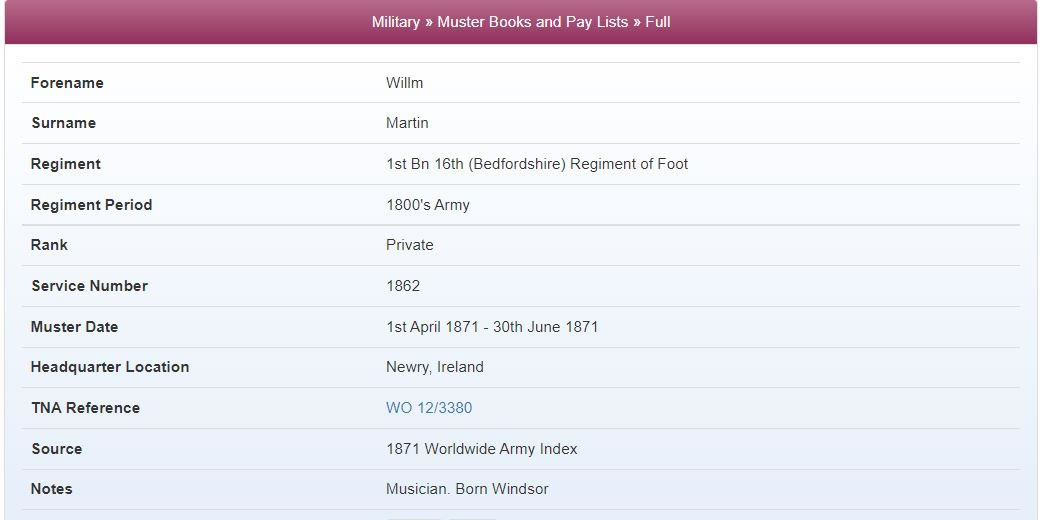
Newspaper cuttings that Pixe is shown by the TV historian refer to a Ball taking place in Ireland at which the musicians from the 16th Foot had played. And it is in this country that William Martin married Mary Anne Harvey in County Cork in November 1879. The marriage records that Pixie is shown reveal that the groom’s father, John Martin (Pixie’s 3x great grandfather) had also been an army musician, though this time with the very prestigious 2nd Life Guards. Another search of the Muster Books and Pay Lists on TheGenealogist discovers two records for Private John Martin of the 2nd Regiment of the Life Guards.
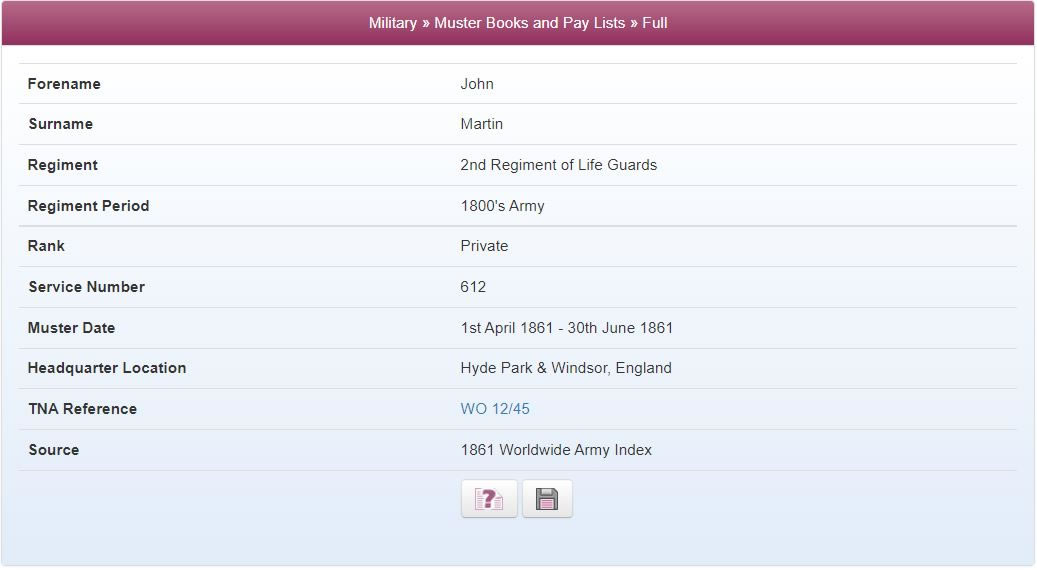
The next place to carry on this research for her musician ancestor is at the archives for the Life Guards and so she has a meeting with the Custodian of records for the 2nd Life Guards, Peter Storer. He has found a Troop Book from 1847 that lists her 3x great grandfather, John. Pixie is also able to have a conversation with the Director of Music for the Band of the Household Cavalry, Major Paul Collis-Smith. He is able to explain how members of the public were prepared to pay well and to travel some distance to attend a performance of one of the fashionable Household Cavalry Bands. There were spectacular concerts, some of which attracted an audience of up to 24,000 people that were masterminded by a celebrity French conductor called Louis Jullien.
Jullien was a pioneer of the proms type concert that would see his orchestra and a prestigious military band play together. Pixie is so pleased to have now discovered that her musical ability has come down from several generations of military musician ancestors. Before she leaves, the Band of the Household Cavalry surprises her by playing a piece that at first she doesn’t recognise. When it dawns on her that it is Mama Do, one of her own songs, she is thrilled. Then, to put icing on the cake, she is invited by Major Collis-Smith to sing along while the band accompanyers her. Needless to say the singer songwriter accepts, saying what an honour this is.
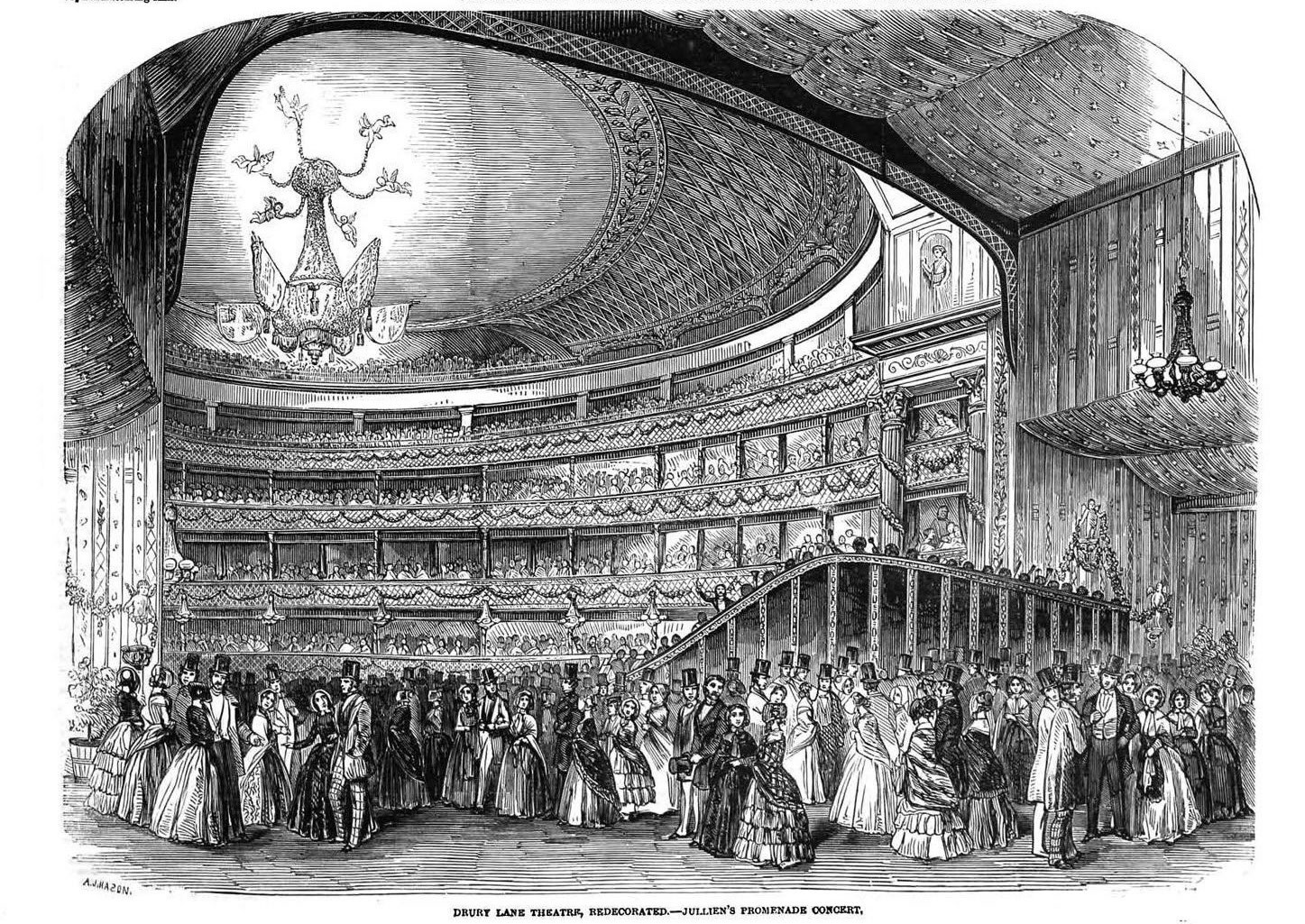
Paternal side
Having found out a lot about her mother’s side of the family, Pixie’s next step in her family history journey is to delve into her father’s side. Not knowing anything, she goes to a meeting with family historian Jo Foster wanting to research Joseph Lott, her great grandfather. The first record that she sees is Joseph Lott’s birth certificate which is from 7 April 1895 and was registered in Ipswich. Joseph’s father was Robert Lott and his mother was Emma Lott. The next document is an entry of death for 13th January 1908 when Robert Lott died of Asmatic bronchitis. Just a year later and his wife Emma died, meaning that Joseph was 14 when he lost both of his parents. The next appearance that Joseph makes in the records is a couple of years later when in the 1911 census he is found as a 15 year old servant. From the census image on TheGenealogist we are able to read that his employment in Brighton is in a lodging house in Oriental Place where he is down as a Page Boy.
Access Over a Billion Records
Subscribe to our newsletter, filled with more captivating articles, expert tips, and special offers.
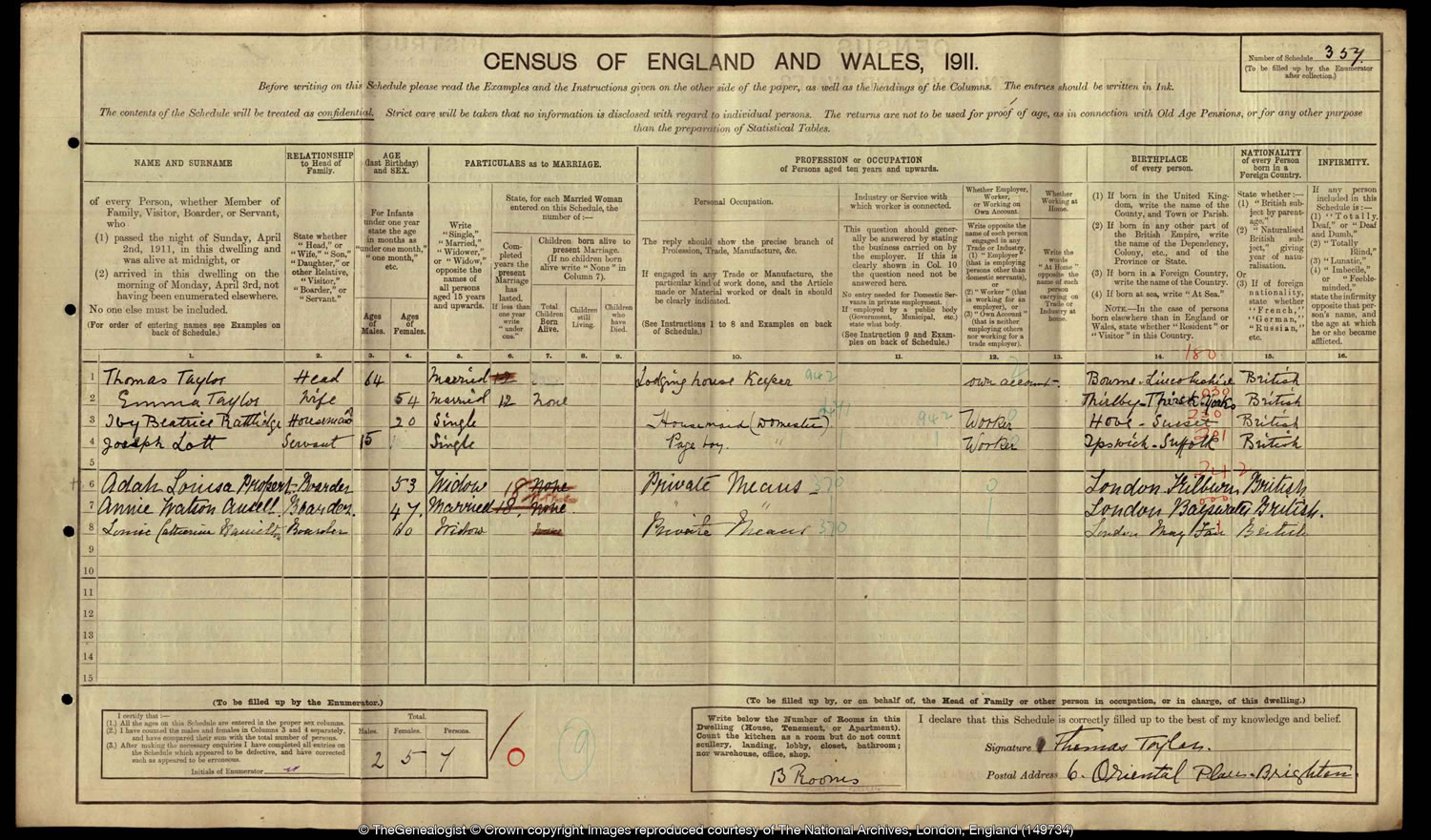
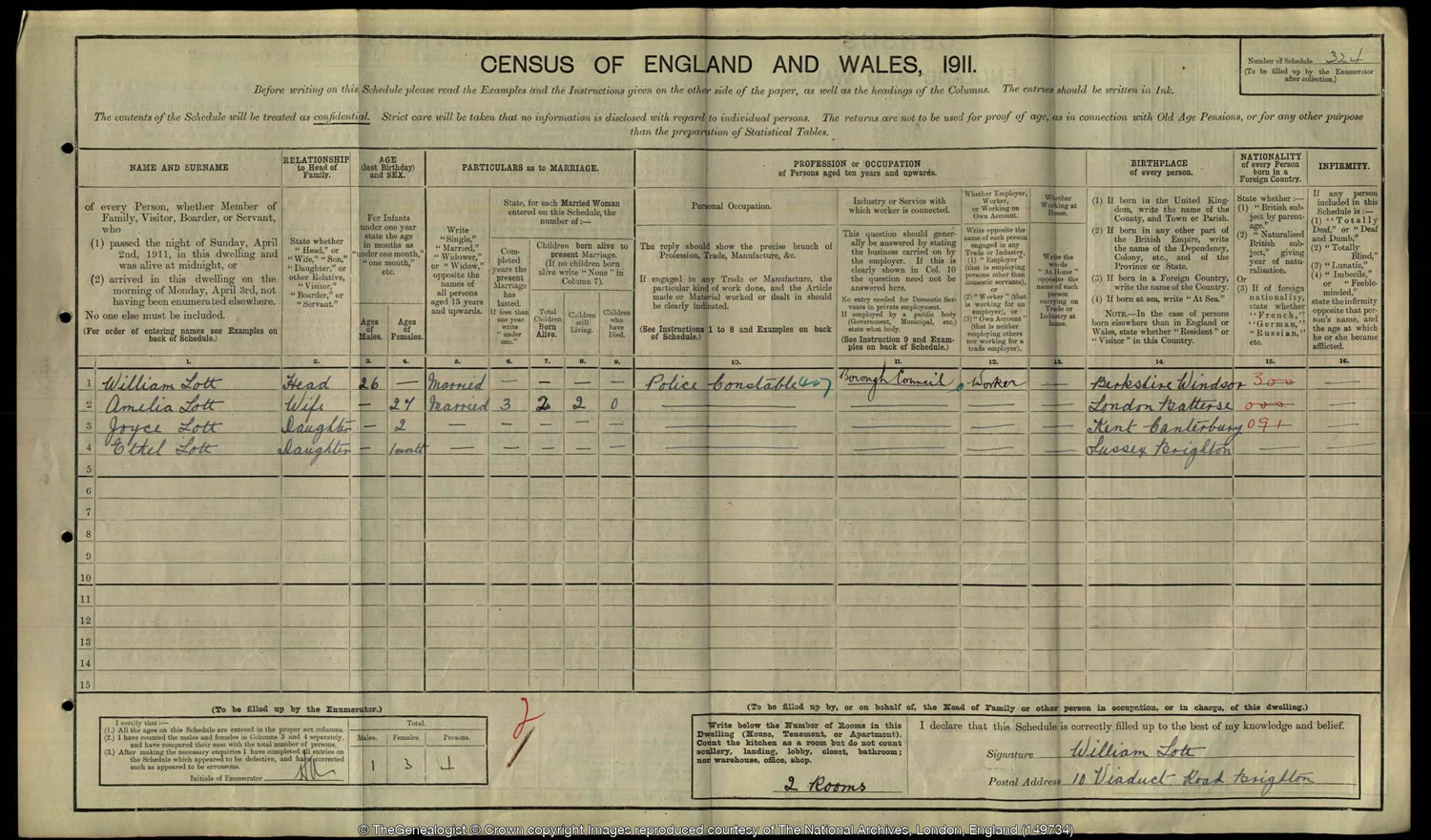
Pixie heads to Brighton to talk to the local historian Dr Geoffrey Mead who points her towards another census record for 1911 that shows a William Lott living in Brighton at the time. William is a Police Constable and turns out to be Joseph’s older brother so it would seem that Joseph had come to be near his brother. His job at Oriental Place was in a part of Brighton that was in the high society district and so Joseph would be able to meet wealthier people, perhaps opening up opportunities for employment with them. However, in 1914 war was declared against Germany and this changed things for a lot of people. Within weeks of the outbreak, Joseph joined the army.
Following her ancestor, Pixie goes to the English Channel coast where Military Historian Paul Reed explains that Joseph would have crossed to France to fight for his country. Aged just 20, Joseph participated in The Battle of Loos which took place from 25 September to 8 October 1915 in France on the Western Front. It was the biggest British attack of 1915 and the first time that the British used poison gas and heavy artillery on a scale never seen before. Joseph’s unit was ordered to reinforce a Scottish Regiment which had suffered heavy losses. The dead remained unburied where they fell and the advancing soldiers, like Joseph, were stepping over the bodies of fallen Scottish soldiers as well as deceased German soldiers.
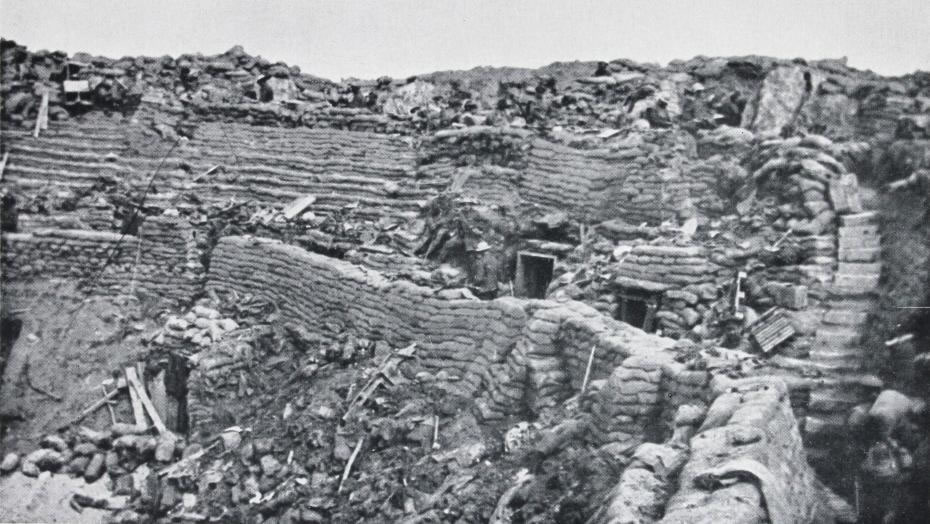
The next document that has been found shows details that Joseph was taken prisoner by the Germans. Pixie now goes to the Imperial War Museum where Military Historian Sarah Paterson tells Pixie about the conditions that the British POWs had to endure. It transpires that Joseph had been sent to Munster II in the west of Germany. Sarah is able to give Pixie a copy of an account of a POW that had been sent to the camp at the time Joseph would have been and it is harrowing reading. The POWs were packed into transportation for a journey lasting 48 hours with 200 men in one cattle truck standing on top of each other and with no toilet facilities. Once they arrived at the station they were then marched 5 km to the camp and were mistreated by the transport drivers that they passed on the way, being hit with whips by them.
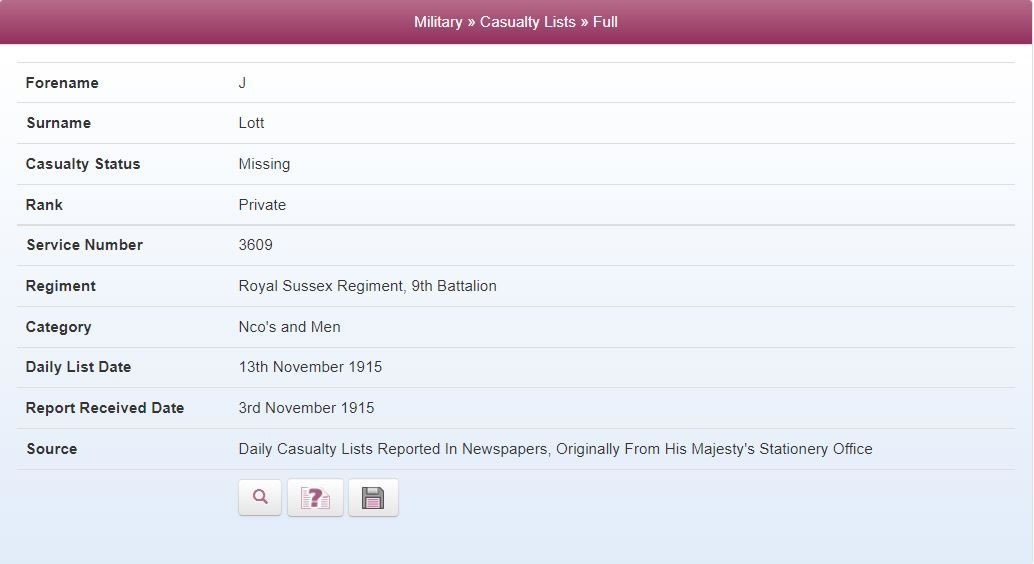
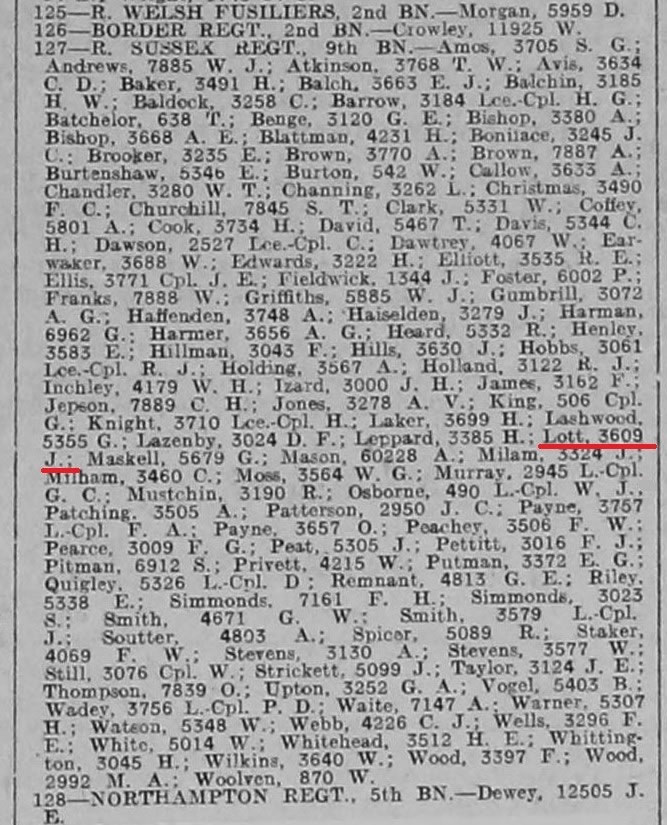
While in the POW camp Joseph and other men were put to work in the coal mines by the Germans, while receiving little in food rations. The next record that Pixie is shown is an army record which details that Joseph had acquired a weak chest, probably from the coal dust in the mines. He was repatriated just after the war ended and arrived in Hull on the 28th November 1918. Sarah then shows Pixie a letter from King George that Joseph, as a returning POW, would have received.
To discover if her great grandfather had recovered from his ordeal, Pixie meets Archivist Pauline Watson who has a medical document that reveals that Joseph regained his health. On the 11th February 1922 he married Beatrice and at this time he gave his residence as Shooters Hill Police Station. This was because he had joined the force and was a serving Police Constable at the time.
Pixie Lott’s family history has delved into where her musical talents have come from, discovering to her delight a line of military musician ancestors. On the way she has quashed a family story that she had Italian blood, instead discovering her desperately poor Irish immigrant family in London. Using the resources on TheGenealogist we have found records for her forebears in various census, military and birth, marriage and death records. We have been able to use the newspaper and magazine collections, Booth’s Map on the Map Explorer and the Image archive to add a little background information to her fascinating family history story.
This was I think a real honour to learn about the people, the Lotts and the Martins, that came before me and my family… What do I want my story to be? What more do I want to do whilst I’m here?
Sources:
Press Information from Multitude Media on behalf of the programme makers Wall to Wall Media Ltd
Extra research and record images from TheGenealogist.co.uk
BBC/Wall to Wall Ltd Images






